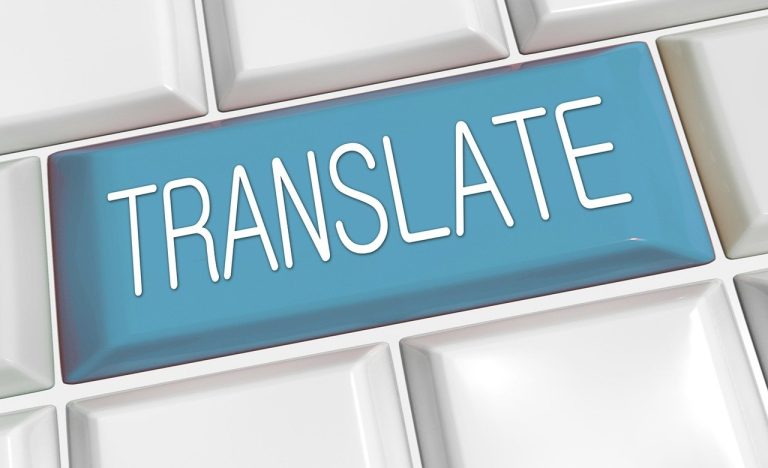Content writing affects your social media, website, and print marketing efforts that effectively increases your social media traction. It allows you to consistently engage with your customers through high-quality contents that bring in even more customers. Content writing allows you to showcase your brand through expertly crafted articles that can significantly add to your business’ growth and success.
As more and more businesses start to focus their efforts on new and modern types of marketing such as content marketing, it is only right to expect the high intensity of competition between brands. Of course, because of this growing competition you will also want your written contents to stand out.
It is highly suggested that to be able to ensure that you’re making the most out of your content writing, you have to properly outsource content writing. By doing this, you will not only get your money’s worth but at the same time be able to build content that not only resonates with your target audience but elevates your brand through the words of a professional content writing service.
Once you have expertly chosen the perfect content writer for you, you will need to work on maintaining the continual stream of old and new customers by providing them with consistent written materials that will interest, entertain, and inform them of what your brand has to offer.
Different Types of Written Content
- Blogging – Blog posts are definitely the most common type of content writing that you will find everywhere. This type of written content helps boost your website’s SEO rankings, since search engines reward websites that are constantly putting out new content. Blogging is very easy to throw into your marketing routine since it can cover a wide range of topics and have a variety of writing styles, depending on the topic and the goals of your business.
- Copywriting – This a basic type of content writing that includes things like writing your website copy, product descriptions, sales collateral, advertisements, and focusing on traditional print media and infographics. Copywriting is a type of written content that should be carefully crafted to be able to effectively promote your brand and catch the interest of potential customers.
- Technical Writing/Long Form – This type of content writing is probably the most intimidating but for someone who fully comprehends your own business and your own products, this can sometimes be the easiest type of content to produce. Technical writing ranges from creating white papers to ebooks to guides that explain how your product or service works, how your customer can apply it, and educate your audience on the specifics.
- Social Media Posts – This type of written content is arguably the one with the farthest reach. Almost everyone is already on social media which is why the method of digital marketing began in the first place. The huge audience in these platforms allow businesses to stay relevant and in touch through platform specific posts.
A Dedicated Content Team Without The Price Tag
If it is your vision to boost your business and customers in a cost-effective way, content writing should be delegated to dynamic professionals who are trained and experienced in the field that are more than capable of writing more than one type of written content. This strategy offers high-quality output that will not only save you resources but most importantly, will save you time and energy.
We at UnicornGO will arrange a highly skilled and dedicated team that will provide you with unrestricted and unlimited content writing so that you may be able to concentrate on building your business, focusing on the big picture. With UnicornGO, you’ll finally be able to do all those sales and marketing campaigns you have been putting off due to writing holdup. Let us help you create without limits, contact our support team today.












 Bitcoin
Bitcoin  Ethereum
Ethereum  Tether
Tether  XRP
XRP  USDC
USDC  TRON
TRON  Lido Staked Ether
Lido Staked Ether  Cardano
Cardano  Avalanche
Avalanche  Toncoin
Toncoin  Wrapped SOL
Wrapped SOL